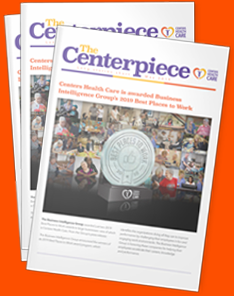As the weather gets cooler, restaurants that were surviving on outdoor dining during the pandemic this summer will be facing several challenges—if they are allowed to open at all. The main factors will be how to remain in business and keep customers safe.
This is on the heels of a new study from the U.S. Centers for Disease Control and Prevention (CDC) that found adults who tested positive for COVID-19 were twice as likely to have dined at a restaurant in the 14 days prior to testing positive than those who tested negative.
Boro Park Center for Rehabilitation and Nursing has a look at the study and why restaurant dining presents such a risk of contracting the virus.
The testing included 314 people from different parts of the country who were tested for COVID-19 in July because they had at least one symptom of the virus. About half of the group tested positive and the other half tested negative.
Results of the Study
While those infected were twice as likely to have dined at a restaurant before contracting the virus, the study did not ask participants if they ate indoors or outdoors. Experts maintain that eating outdoors is far less of a risk than dining inside a restaurant.
In states where indoor dining has resumed, restaurants are required to limit capacity and ensure that tables are at least six feet apart. But exposures have been confirmed due to air circulation inside restaurants, especially since patrons have their masks off for a prolonged period of time while eating and drinking.
Researchers say that eating outdoors presents less risk, and if you want to really be safe, just get your next restaurant meal via takeout or delivery.
To learn more about Boro Park Center for Rehabilitation and Nursing and all of the services they offer, visit http://boro-park-center.facilities.centershealthcare.org/.






